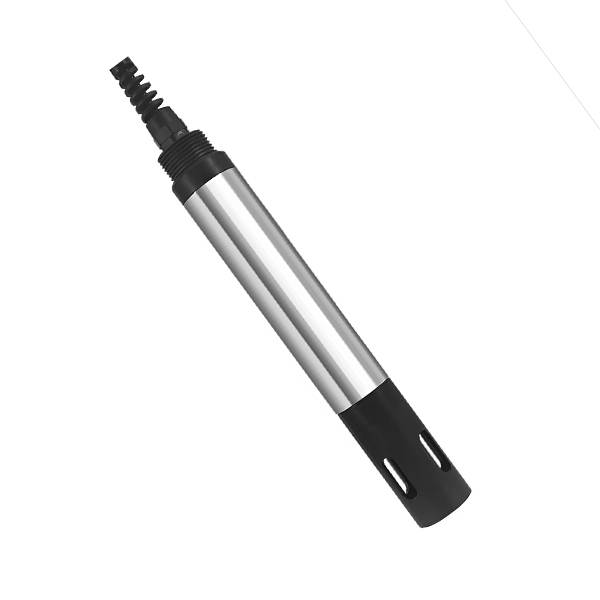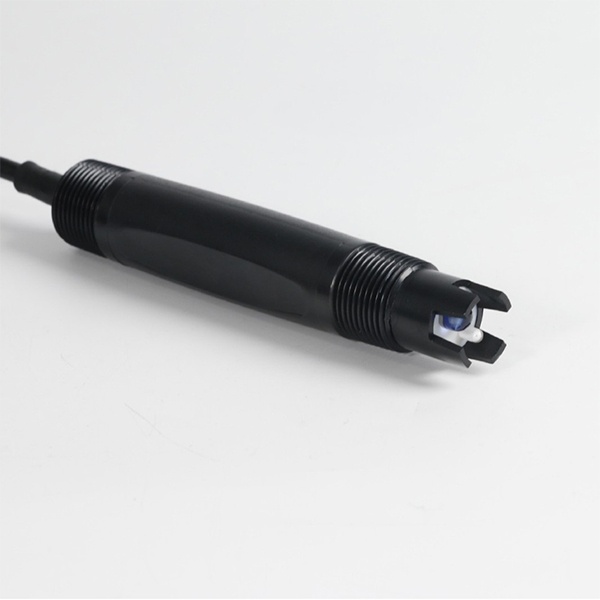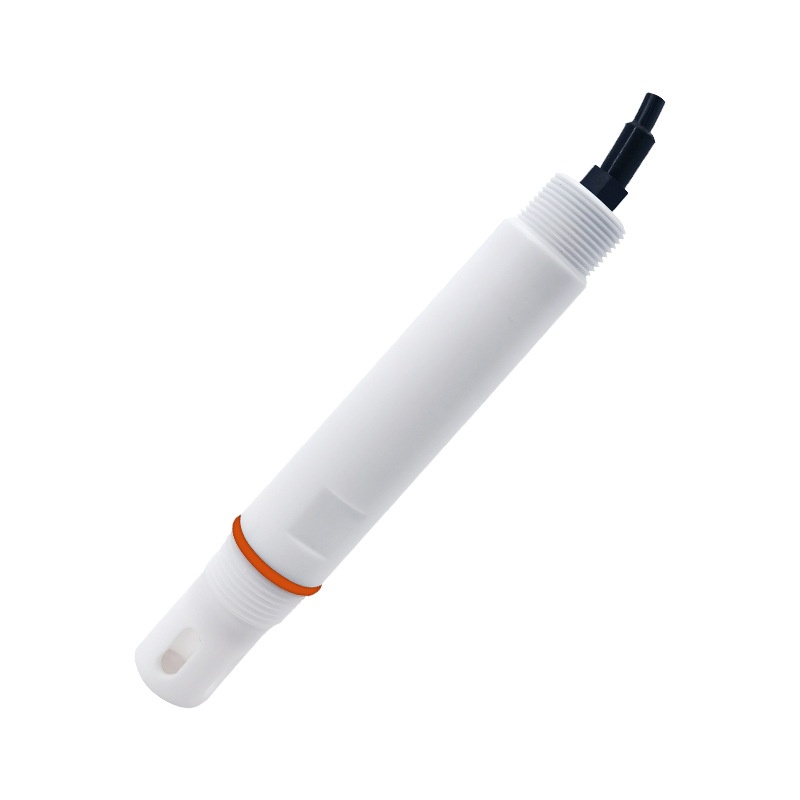-
Date:2025-09-18
-
Page View:133
Several factors can influence the accuracy of a pH electrode sensor, including temperature, solution concentration, chemical substances, light exposure, and storage conditions. Below is a detailed explanation of these influencing factors:
1.Temperature:
Temperature has a significant impact on pH electrodes. Higher temperatures can reduce the electrode's sensitivity and may even cause it to fail. Therefore, it is important to avoid extremely high or low temperatures during use. The most accurate measurements are obtained at room temperature.
2.Solution Concentration:
High solution concentrations can decrease the sensitivity of the pH electrode. Concentrated solutions may also affect the stability and lifespan of the electrode.
3.Chemical Substances:
Certain chemicals, such as chloride and fluoride ions, can penetrate deep into the glass membrane of the pH electrode, leading to deviations in pH readings. Additionally, strong acids like concentrated sulfuric acid and nitric acid can alter the acidity/alkalinity and conductivity of the electrode glass.
4. Light Exposure:
Exposure to light can generate a photocurrent in the pH electrode, which may interfere with pH measurements. Therefore, it is advisable to avoid strong light during use.
5. Storage Method:
When not in use, the pH electrode should be stored in a storage solution, which should be replaced regularly. During storage, avoid exposing the electrode to direct sunlight or extreme temperatures.
6. Experimental Conditions:
When measuring multiple liquids consecutively, the pH electrode may experience "interference," leading to deviations in readings. Additionally, avoid scratches or impacts during contact with solutions, as these can also affect measurement accuracy.
7. Glass Membrane:
pH electrodes are typically made of glass. Coatings on the glass surface (such as contaminants, solids, or biofilms) can significantly alter pH readings. The glass surface should be cleaned regularly, but aggressive cleaning methods should be avoided to prevent damage.
8. Diaphragm:
The pH electrode contains a diaphragm, which is composed of porous ceramic, a PTFE ring, or a small opening. Clogging by soluble compounds can increase electrical resistance and result in lower pH readings.
9. Reference Electrolyte and Reference Electrode:
The presence of electrode poisons in the measurement medium can corrode the silver/silver chloride reference electrode and cause changes in potential difference.
10. Moisture and Pressure:
Insufficient moisture or excessive pressure can damage the reference glass material in pH sensors.

ph electrode sensor

industrial ph probes

pH Probes & Sensors
Common Faults and Troubleshooting Methods for pH Electrode Sensors
1. Probe Corrosion and Contamination
One of the most common issues with pH sensor probes is corrosion and contamination. Prolonged exposure to acidic or alkaline solutions can cause the metal electrode to corrode or the sensing membrane to become contaminated. This may result in slower response times or a complete loss of responsiveness.
Solution: Regularly clean and calibrate the probe using appropriate cleaning solutions and methods. This helps maintain a clean probe surface and ensures optimal performance.
2. Errors Caused by Temperature Changes
Temperature significantly affects pH measurements, making temperature compensation crucial. A common malfunction is failure of the temperature sensor or inaccurate temperature compensation, leading to errors in pH readings. Perform regular calibration of the temperature sensor and verify that the temperature compensation algorithm is correctly configured and implemented.
3. Electrode Aging and Damage
The electrode is the core component of a pH electrode sensor, and it is prone to aging and damage over extended use. Electrode aging can result in slower response times or complete loss of responsiveness, while physical damage may lead to inaccurate pH measurements.
Solution: Replace electrodes periodically and store them properly to avoid mechanical damage or interference.
4. Cable Connection Issues
Cable connections are another common source of malfunction in pH electrode sensors. Poor connections can cause signal interference or disconnection, compromising measurement accuracy.
Solution: Regularly inspect cable connections for tightness and stability. Ensure all connections are secure, and repair or replace any damaged cables.
5. Incorrect Calibration and Maintenance
Improper calibration and maintenance are common causes of malfunctions in pH electrode sensors. Inaccurate calibration can lead to errors in pH measurements, while inadequate maintenance may result in probe damage or degraded performance.
Solution: Perform regular calibration using standard buffer solutions, and follow the manufacturer's guidelines for proper maintenance and care.
What is a pH Electrode Sensor?
A pH electrode sensor, sometimes referred to as a pH probe, is used to measure the concentration of hydrogen ions in a fluid to determine its acidity or alkalinity. The pH scale ranges from 0 to 14. A pH value of 7 indicates a neutral solution. Readings below pH 7 denote an acidic solution, while readings above pH 7 indicate an alkaline solution.
Do pH Measurements Change with Temperature?
Variations in temperature within a process fluid can affect the accuracy of pH readings. The pH value of a solution is inversely related to temperature. As the temperature of a solution increases, the pH value decreases, making the solution more acidic. All ARTang pH electrode sensors include a temperature element to compensate for temperature fluctuations.
Can a pH Electrode Sensor Measure ORP?
Yes, many pH sensors can also be used to measure Oxidation-Reduction Potential (ORP). While pH sensors measure the acidity or alkalinity of a solution based on hydrogen ion activity, ORP sensors measure the oxidation-reduction potential based on the activity of oxidizing and reducing agents in the solution.
How Does a pH Electrode Sensor Work with a Transmitter?
A pH electrode sensor is connected via a cable to a liquid analysis transmitter (sometimes referred to as a liquid analyzer). The transmitter receives the raw voltage signal from the pH sensor and converts it into a readable pH value.
What Is the Lifespan of a pH Electrode Sensor?
The lifespan of a pH electrode sensor varies depending on the application. In general-purpose applications, such as purified water monitoring, the sensor can last up to two years. In high-temperature or chemically aggressive environments, its lifespan may be as short as six months.










